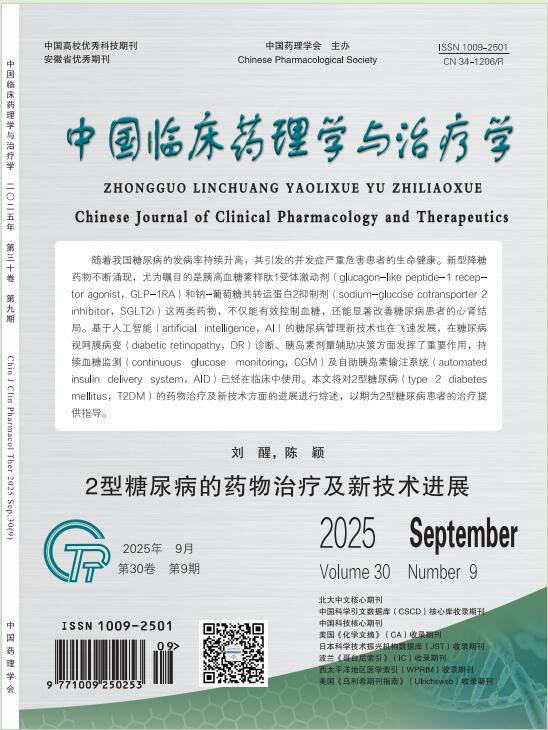In recent years, the research on the anti-tumor effect of traditional Chinese medicine has been increasing year by year. Both the effective extracted ingredients of Chinese medicine and its compound preparations have significant efficacy and advantages in tumor treatment. Costunolide, the active ingredient of Aucklandia lappa (a traditional Chinese medicine), is a natural sesquiterpene lactone, which has a variety of pharmacological effects, such as anti-oxidation, anti-inflammation, hypoglycemic effect, anti-microbial effect etc. In recent years, more and more experimental studies in vivo and in vitro have shown that this component has anti-tumor activity, which can inhibit the growth of breast cancer, gastric cancer, melanoma cancer, prostate cancer, leukemia, liver cancer, lung cancer, ovarian cancer, esophageal cancer, colorectal cancer, osteosarcoma and other tumors. Its anti-tumor mechanism mainly lies in the regulation of PI3K/AKT/mTOR, AKT-MDM 2-p53, ROS-AKT/GSK-3β, Bcr/Abl, Stat5 and other signaling pathways, which affects reactive oxygen species, apoptosis-related proteins, autophagy-related proteins, and cyclin, and thus induces apoptosis, causes autophagy and arrests cell cycle in G2/M phase, G1 phase, and S phase. In addition, the combination of costunolide with imatinib and doxorubicin can attenuate toxicity and enhance anti-tumor effect, and also reverse tumor drug resistance. By consulting and sorting out the relevant research literature at home and abroad, the author summarized the research progress of costunolide on the antitumor effect and mechanism, the combined drug use and the reversal of tumor drug resistance in order to provide theoretical basis for the development and utilization of new drugs of this ingredient.


